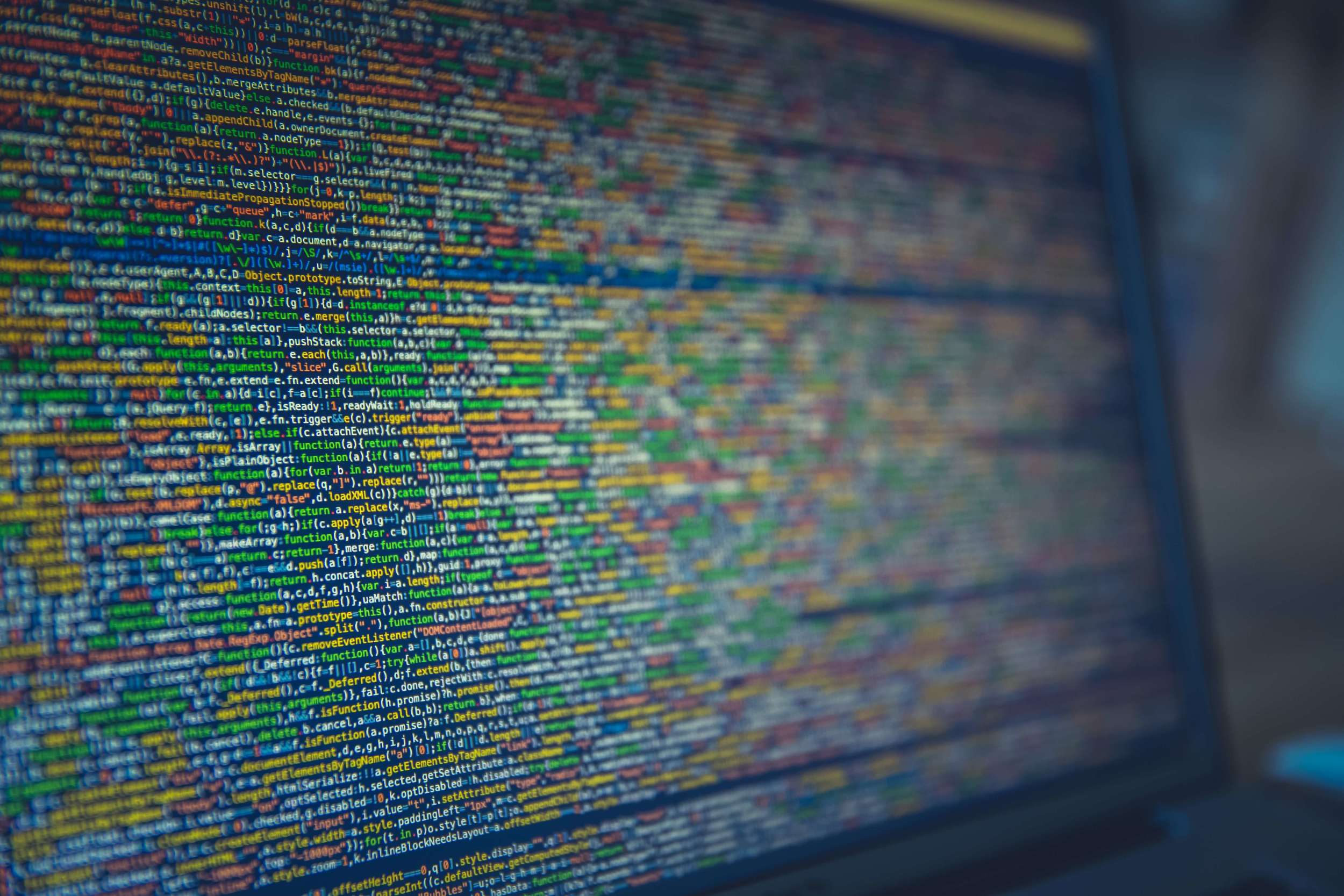IDC estimates that there will be 41.6 billion connected Internet of Things (IoT) devices, or “things,” generating 79.4 zettabytes (ZB) of data in 2025, with that number exponentially growing in the years to come. This massive increase in IoT devices brings forth an interesting issue: given that data collection is easier than analyzing that same data, how do we go about making that data meaningful?
The answer comes in the form of artificial intelligence (AI), which can be leveraged to gather, assimilate and react to data to “learn” human behaviour. AI can certainly provide contextual awareness but human involvement is still necessary to derive value from data and create an authentic user experience.
Data overload is an increasing issue among IoT startups and businesses. Did you know that almost 75% of business-related IoT projects are failing and nearly 75% of all IoT business projects are doomed to fail? Often this is due to a lack of understanding the data that their IoT device provides. Businesses face numerous challenges if they want to properly scale for future demand, such as:
- analysis paralysis
- data-related operational inefficiencies
- inaccurate data readings (due to a lack of expertise)
- bandwidth & data storage limitations
- security
Businesses need to involve experts to make sense of the data that IoT devices provide, which in itself is a growing field but is already becoming a rarity rather than a commodity. The need for data science specialists is expected to grow far beyond the number of specialists on the market, thanks in no small part to IoT. By 2020, the lack of data science specialists will prevent three-fourths of all businesses from maximizing their IoT goals. This will create a loss of value for smaller businesses that may struggle to attract top talent.
97% of organizations feel there are challenges to creating value from IoT-related data. The increasing demand for data science specialists is important as the average user does not understand the complexity of the algorithms required behind these IoT devices to turn mass data acquired into actionable, user-friendly outcomes.
Regardless of whether you’re in the industrial, healthcare, agricultural or smart home industry, Cognitive Systems has the same advice for managing all this data: Put humans first.
- Locate the user pain points
- Focus on user safety and security
- Provide insights to the human interaction (For example, rather than just notify the user of motion in the home, use data available to specify an exact location, behavioral observations and suggested actions.)
- Prioritize the important data that IoT devices generate and ignore useless data points that do not provide meaning for the end user
- Ensure data is easy to understand (Data output is useless if it can’t be easily consumed by humans that are prone to data fatigue. Studies show that false alarms desensitize both the individual as well as emergency services that need to respond.)
- Automate low-risk actions
- Optimize the end result
Focusing on the user experience first rather than the objective of the IoT device will ensure a smoother human interaction and more desired product.

